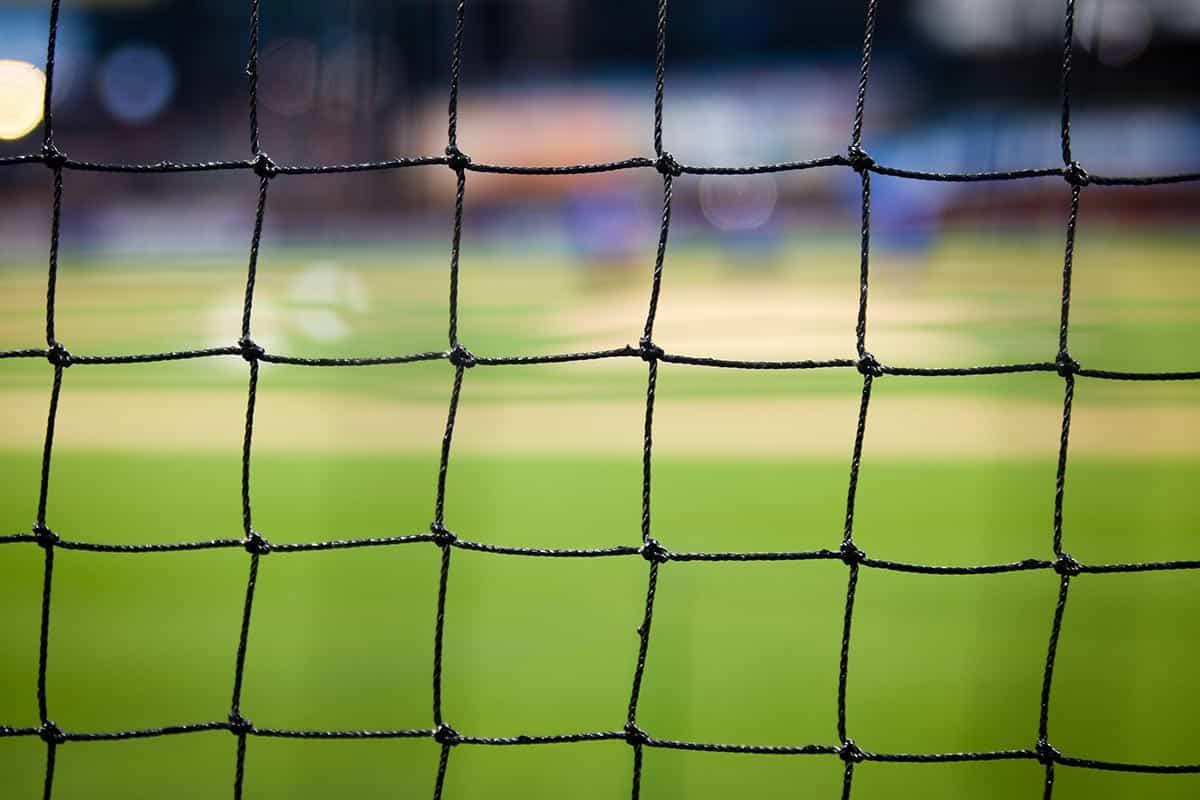Sports nets are far more than just background equipment. From guiding the rules of play to ensuring safety and enhancing performance, they’re a core component of nearly every sport. Whether you’re watching a soccer match, practicing golf in your backyard, or playing volleyball at the beach, chances are a sports net is playing an essential role in the experience.
In this article, we’ll take a closer look at the diverse uses of sports nets and how they support athletes, spectators, and the very structure of the games we love.
1. Nets as Fundamental Game Equipment
In some sports, the net is central to gameplay. The presence and placement of the net actually define how the sport is played. Examples include:
-
Tennis and Badminton: The net is what players must send the ball or shuttlecock over. It creates a barrier and determines the difficulty of the game.
-
Volleyball: The entire match revolves around hitting the ball over a high net, trying to land it in the opposing team’s court.
-
Pickleball and Table Tennis: These sports also rely on a central net for regulation play.
Without the net, these games would lose their structure and competitive format. The net is what brings balance, rules, and strategy to the court.
2. Goal Nets in Scoring Sports
Sports nets are most famously recognized in goal-scoring sports. Here, they help confirm valid goals and ensure a smooth game flow. Key examples include:
-
Soccer (Football): The net behind the goal captures the ball, making it immediately clear when a goal is scored.
-
Hockey and Lacrosse: Fast-moving pucks or balls are safely caught in the net, making scoring visible and verifiable.
-
Basketball: Though not technically a backstop, the net provides visual feedback for shots, improving the experience for players and fans alike.
Goal nets are essential for both game fairness and spectator excitement.
3. Nets for Safety and Protection
One of the most practical uses of sports nets is safety. They act as barriers to protect players, coaches, fans, and equipment from harm. Some key safety uses include:
-
Backstop Nets: Found in baseball, softball, and cricket to prevent balls from hitting spectators or leaving the field.
-
Perimeter Nets: Used in sports facilities to keep balls from reaching roads, parking lots, or other play areas.
-
Ice Hockey Boards and Nets: In arenas, protective nets are installed above glass panels to protect fans from flying pucks.
Safety nets are especially critical in sports with high-velocity objects or confined spaces.
4. Training and Practice Applications
In training, sports nets play an important role by providing controlled environments and helping players sharpen their skills. Popular examples include:
-
Batting Nets: Used in cricket and baseball to allow batters and bowlers/pitchers to practice repeatedly without chasing balls.
-
Rebound Nets: Great for football, netball, or handball — these return the ball at unpredictable angles to simulate real-game reactions.
-
Golf Practice Nets: Let golfers practice full swings in small spaces, indoors or outdoors, without risk.
Training nets save time, reduce injuries, and provide more opportunities for repetition — crucial for skill development.
5. Dividers and Space Management
Sports nets are also used to divide large playing areas into smaller, manageable zones. This is especially important in:
-
Multi-sport Gyms: Divider nets allow different sports to be played simultaneously without interfering with each other.
-
Training Centers: Nets separate groups of athletes by skill level or activity to increase efficiency.
-
Tennis Clubs: Courts are often divided by nets to prevent stray balls from interrupting neighboring games.
Dividing nets make spaces more versatile and increase the capacity of sports venues.
6. Recreational and Personal Use
Outside of competitive sports, nets are commonly used in recreational settings. Their affordability and ease of setup make them a favorite for families, schools, and community parks:
-
Backyard Games: Portable volleyball, badminton, or soccer nets are easy to assemble and provide hours of entertainment.
-
Youth Training: Kids’ sports teams often use lightweight practice nets for drills and games.
-
DIY Setups: Enthusiasts set up nets for golf, baseball, or tennis in garages, basements, or driveways.
These nets encourage active lifestyles and introduce people to sports in a fun, informal way.
7. Climbing and Obstacle Training
Beyond ball sports, nets are also used in physical training and adventure sports. These include:
-
Rope Nets and Cargo Nets: Used in obstacle courses and military training for climbing and agility.
-
Adventure Parks: Nets are used in treetop courses or zipline safety setups.
-
Fitness Challenges: Events like Tough Mudder or Spartan Race incorporate nets as physical barriers for participants to conquer.
These nets build strength, coordination, and resilience, adding a whole new dimension to physical training.
8. Eco-Friendly Innovations
With the growing focus on sustainability, even sports nets have adapted to support eco-conscious practices:
-
Recycled Nets: Some manufacturers now make nets from reclaimed ocean plastics, reducing waste.
-
Biodegradable Fishing Nets: Used in sport and recreational fishing, these break down safely in marine environments.
-
Waste Collection Nets in Water Sports: Some water sports areas use nets to collect floating debris or prevent it from entering play zones.
Sports nets are becoming part of broader environmental efforts in the athletic industry.
Conclusion
Whether you're scoring a goal, practicing your swing, or climbing over an obstacle, sports nets are quietly doing a lot of work behind the scenes. They define gameplay, ensure safety, enable training, and even support sustainability. Though they may not always be the center of attention, they are foundational to nearly every sport we play or watch.
Understanding the many uses of sports nets gives us a deeper appreciation for how thoughtfully these tools are designed — not just to support the game, but to shape the entire sporting experience.
